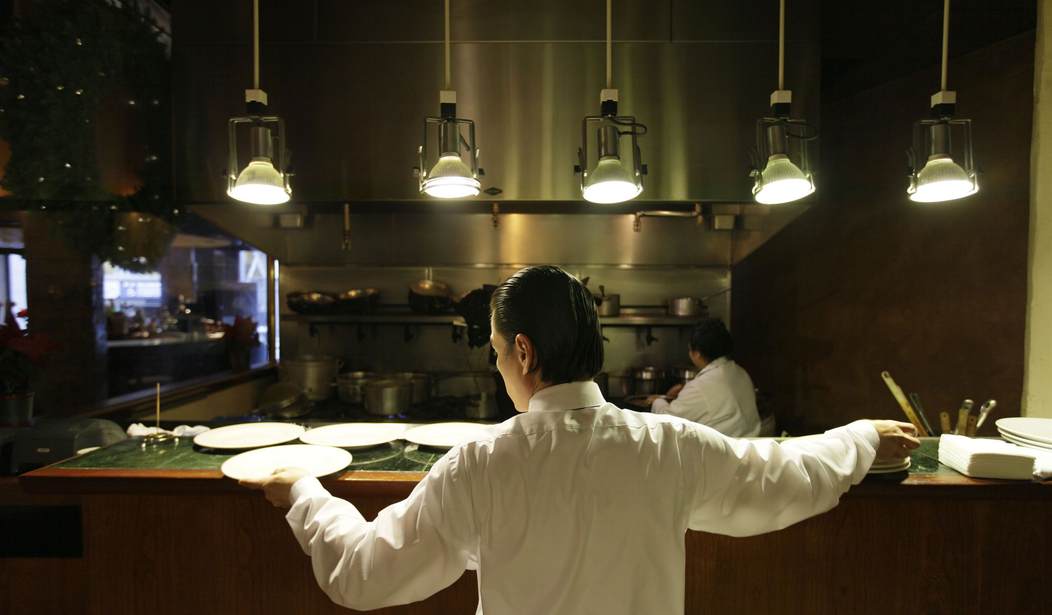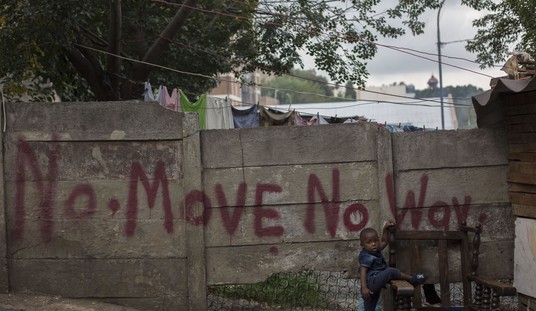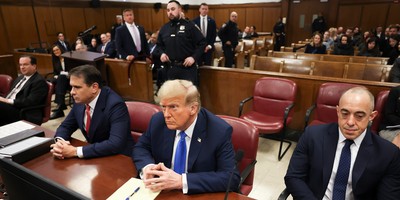It could be easy to look at businesses in much of America and see optimism peaking over the horizon. Storefronts shuttered for months are now welcoming customers on a limited basis, restaurants are seating tables on the patio, and normal life appears to be within grasp.
Don't be fooled by reports of surging retail and pending economic recovery, however; for small restaurants, the Wuhan coronavirus shutdowns were a fatal blow.
As mask-donning servers approach our widely distanced tables and we grasp our disposable paper menus, the reality for independent restaurants in America is bleak. The "new normal" approach embraced by leaders across the nation is to keep restaurants significantly throttled well into the multi-phase approach to reopening. The few states with low enough COVID-19 transmission rates have chosen to grant business owners permission to earn some money again say they may only do so with a fraction of the business they need to survive.
Simply put, keeping six feet apart at all times with half the dining room closed is a practice that is mutually exclusive of financial survival for any restaurant.
While the band-aid provided by the multi-trillion dollar congressional CARES Act gave some help to independent businesses, the amount of assistance needed by each business to make up for a sudden and total loss of revenue is far from covered. The Paycheck Protection Program meant to keep employees paid offered some small businesses a relief and a delay of the inevitable, but a future of social distancing regulations and diminished business that could extend for years means utilities, leases, and vendor bills will not be paid.
Recommended
A new report released by the Independent Restaurant Coalition estimates that 85 percent of small restaurants will be closed by the end of 2020. Those that are able to survive were either lucky enough to have a slush fund or are buoyed by a corporation that shares their profit. Under the current phased approach to reopening, however, independent restaurants are not going to make it.
Even if restaurants returned to normal operations with no regulations immediately, the report says, the damage done by months of closures has already sealed their fate. That damage, coupled with the unknown repercussions of the pandemic, such as consumer confidence, give few restaurants reason to be optimistic.
Some restaurants have attempted to stay afloat through closure by providing delivery and pick up service, which falls outside their normal dine-in business models. But according to a survey conducted by Eater, 87 percent of restaurants in San Francisco say they'll close if they're held to only take-out and delivery. Sixty percent of restaurants said they're actually losing money just by offering those options.
Jared Ringel of DC Harvest recently told Townhall that his family owned business, which is doing as much as they can under current regulations in Washington, D.C., is operating at about 25 percent of their typical revenue. Even with the assistance of the PPP loan, remaining closed for five weeks and stuck to minimal amounts of business into the foreseeable future was not a viable scenario. He said more help from the local and federal government would be needed.
Restaurant owners from other parts of the country seconded Ringel's sentiment. A recent press call with the IRC and several small restaurant owners across the nation revealed a brewing sense of panic among chefs, employers, and business operators.
"We do have the support of the PPP loans and also the grants that are paid by the government but simply not enough to stay open long term," said Nina Compton of Compère Lapin and Bywater American Bistro in New Orleans. "I don't think most restaurants will even last to December."
"We don't have the infrastructure or the financial support that chain restaurants have," said Amanda Cohen of Dirty Candy in NYC. "I don't know who I turn to now if I need more money."
Cohen, like Ringel and Compton, received a PPP loan. Those loans were meant as a stop gap to fill in a short break of business brought on by the unprecedented peril of a global pandemic. They were never meant to float businesses in an industry that would be strangled by seemingly endless restrictions on business operations. For many regions, even final phase reopening schemes dictate that restaurants continue to follow six foot distances at all times.
For many diners still nervous about viral spread and patrons uninterested in waiting hours for a table, the restaurant business model we've used for several decades is no longer viable. For now, the solution to the myriad problems facing small, independent restaurants in America is unknown.
Representative Earl Blumenauer (D-OR) will introduce a new bill proposing another $120 billion in grant money specifically earmarked for independent restaurants. The Real Economic Support That Acknowledges Unique Restaurant Assistance Needed To Survive Act (RESTAURANTS Act) specifically notes that restaurants are in a uniquely vulnerable position.
While more money funneled through Congress from the American taxpayers could provide more short-term relief for restaurants, prolonged shutdowns are keeping independent restaurant servers, cooks, bartenders, and other staff off the clocks and with reduced pay. As protesters are celebrated for gathering by the thousands in the streets across the country, these business owners and their employees are still complying with draconian shutdowns and almost certain fatalities of their restaurants.
In New York on Sunday, Governor Andrew Cuomo threatened via Twitter to suspend liquor licenses of NYC restaurants breaking the local stranglehold against them. He threatened to cite and fine patrons for having an "open container" of liquor but will not allow sit down dining. Meanwhile, NYC Mayor Bill de Blasio instructed the new army of contact tracers not to inquire whether a COVID-19 positive person attended a Black Lives Matter protest.
As Democratic leaders celebrate the right to free speech by the protesters and urban occupiers in "The CHOP" in Seattle, restaurants across the country very willing to follow sanitary, mask, and other guidelines are being told they're criminals for trying to open their businesses.
Independent restaurants, like all of us, were told that the shutdowns were in place to flatten the curve of viral spread and allow us to prepare for future hospitalizations and potential spikes. We have achieved that, and yet businesses are dying in droves every day. How many more must shut their doors for good before they are permitted to survive?

























Join the conversation as a VIP Member